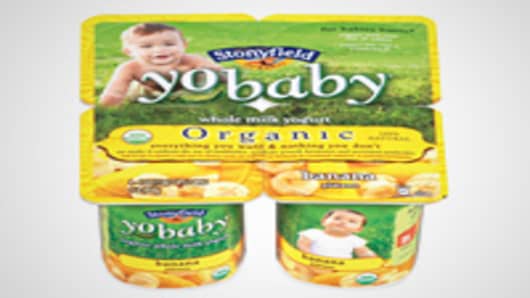When consumers protested with Facebook pages like “I hate the noise the Sun Chips bags make,” chip maker Frito-Lay came up with a quieter biodegradable bag instead of simply scrapping the whole idea. That’s not just because SunChipsconsumers wanted a quieter bag. It’s because they didn’t want the bag to be made out of plastic.
A growing industry of so-called bioplastics — plastics made out of plants like corn or sugarcane, or plastics that simply biodegrade — is rising to meet the need of a small but dedicated group of consumers who want green products.
“Really, it has come down to consumer demand, and consumers being willing to pay a little bit of a premium for products that contain bioplastics,” said Kent Furst, author of a report on the bioplastics industry for The Freedonia Group, a research firm.
Also driving demand are consumer products makers who are willing to pay a premium for materials “to have eco-friendliness, to say their package is packed in bioplastics,” Furst says.
Bioplastics are showing up in all kinds of packages. Procter & Gamble uses sugarcane-based high-density polyethylene, HDPE, made by Braskem in some of its Pantene, Covergirl and MaxFactor brands, while Papermate has a line of pens made with Mirel, a bioplastic made by Metabolix .




